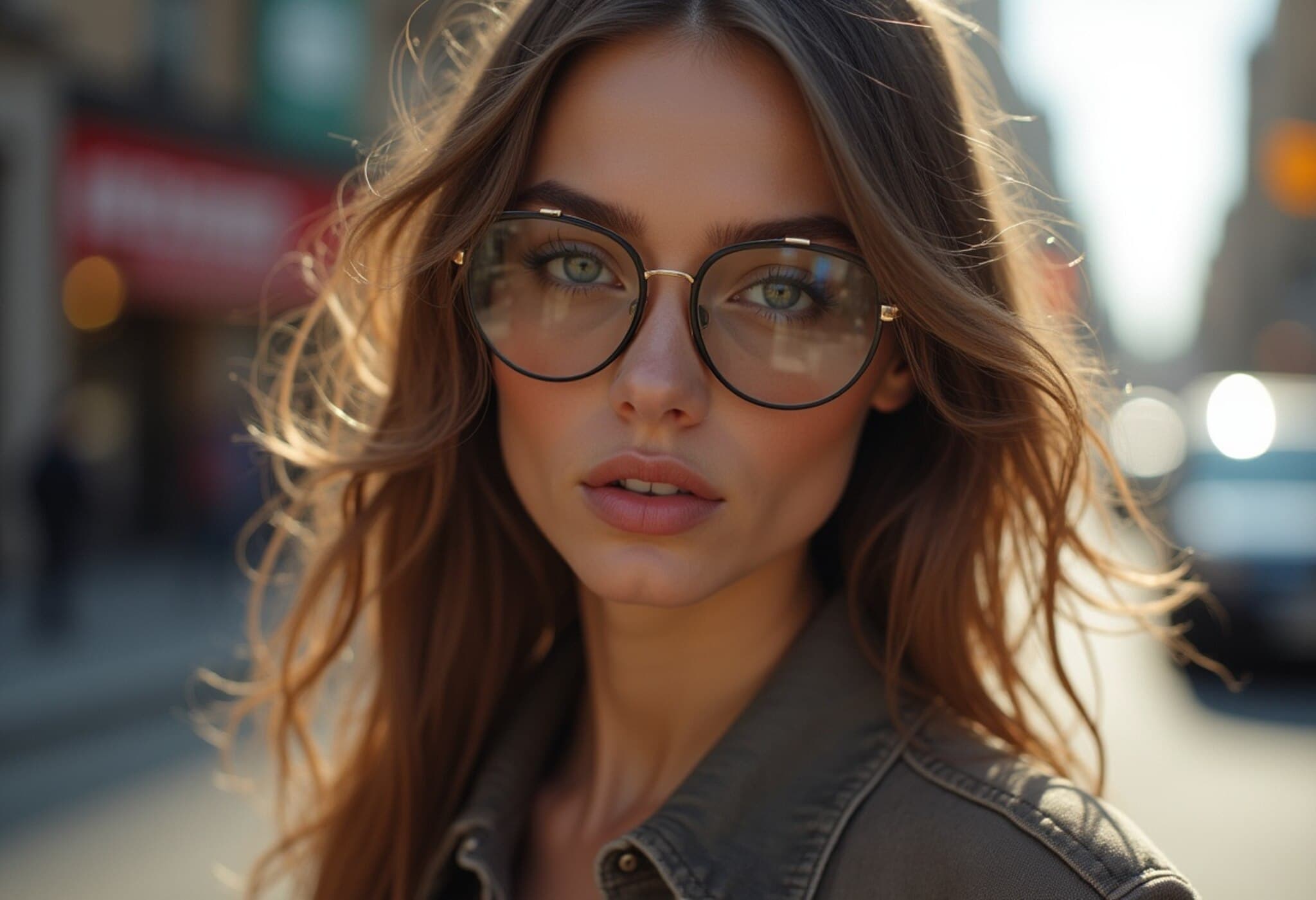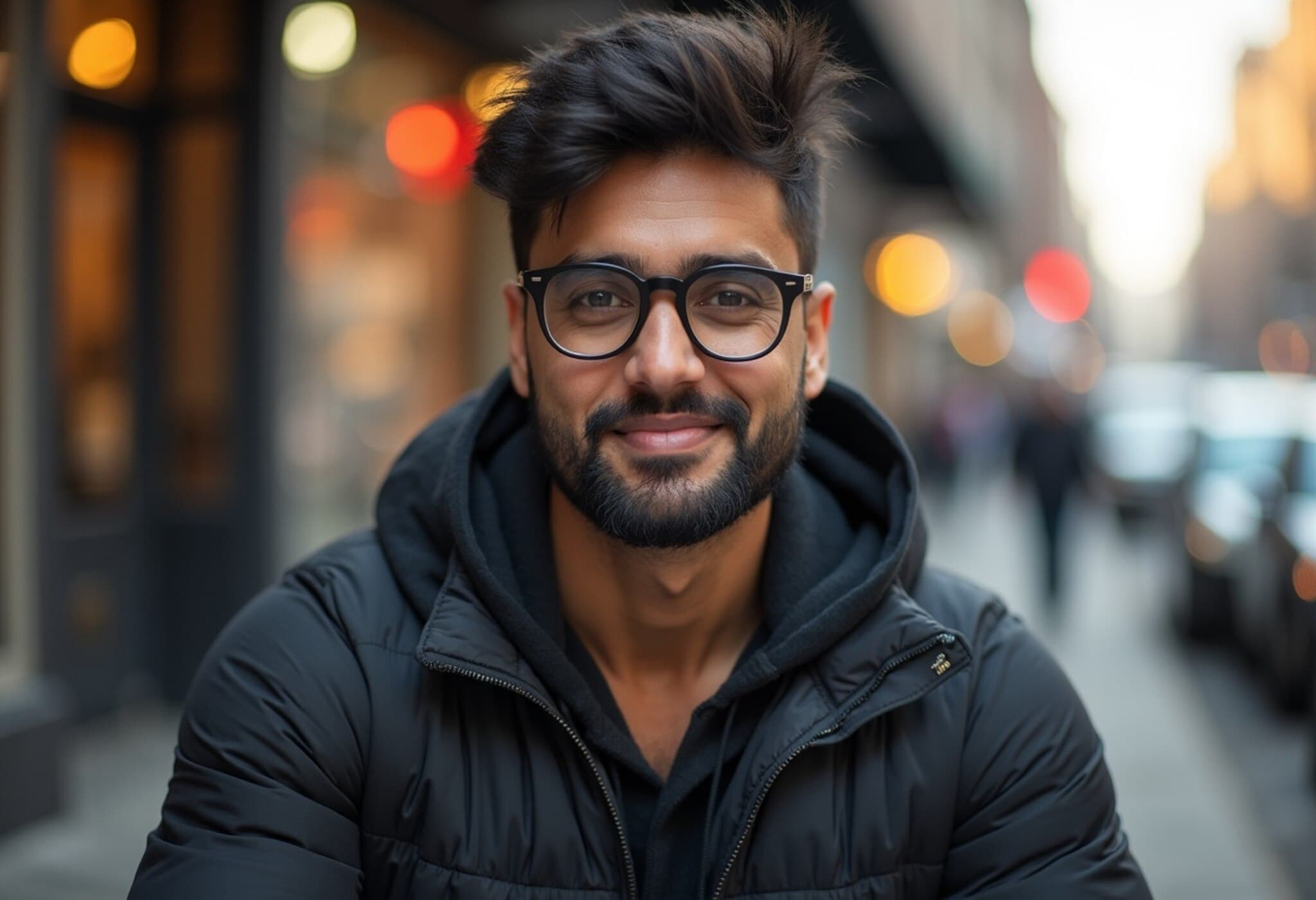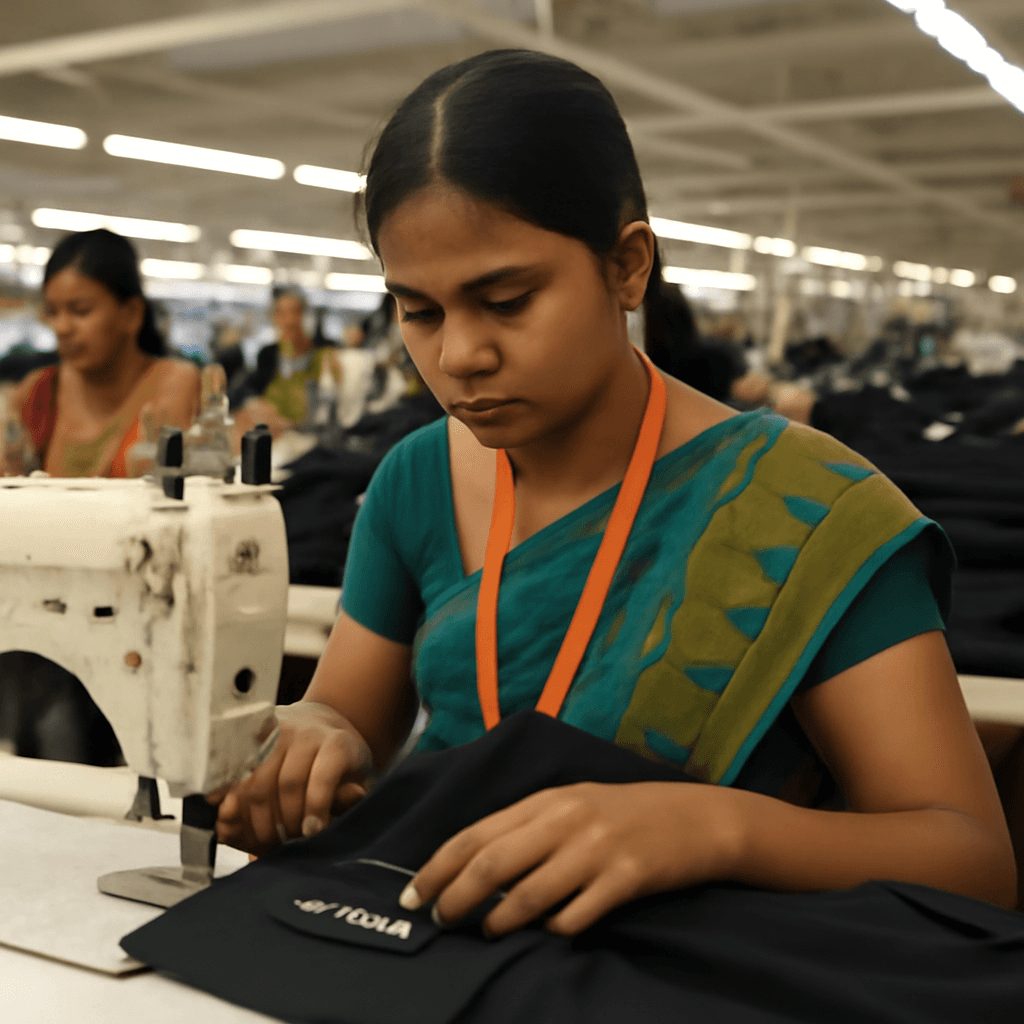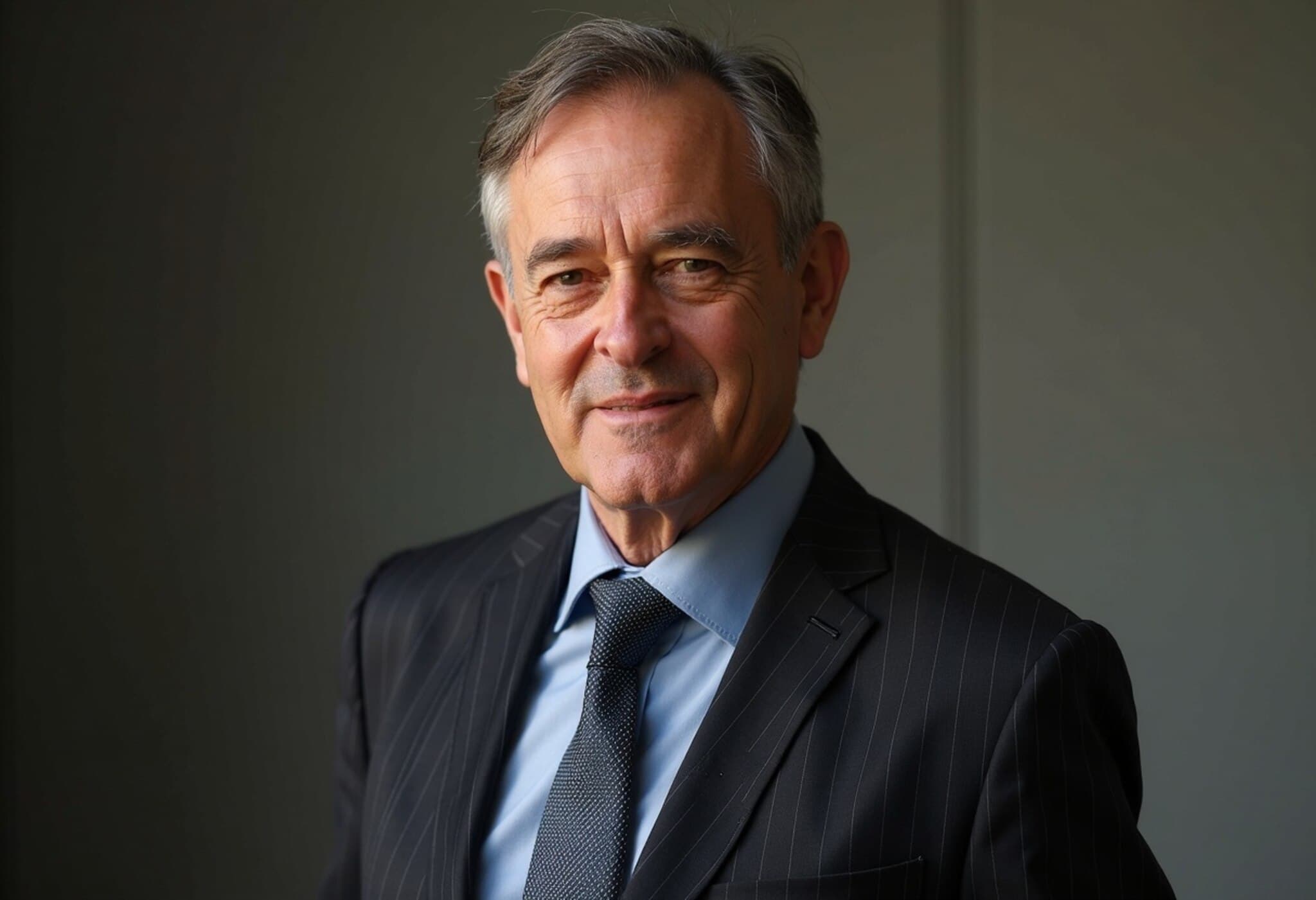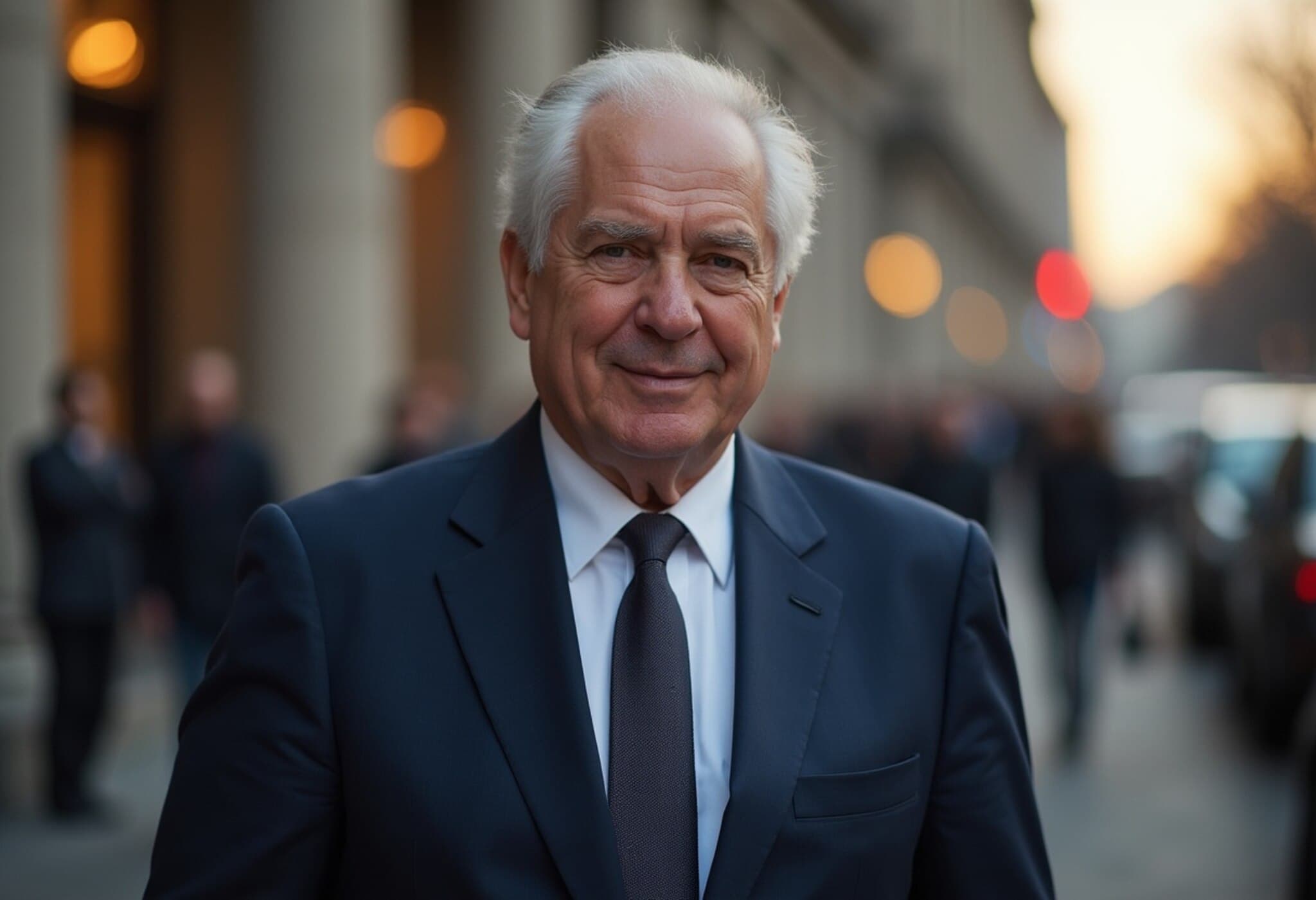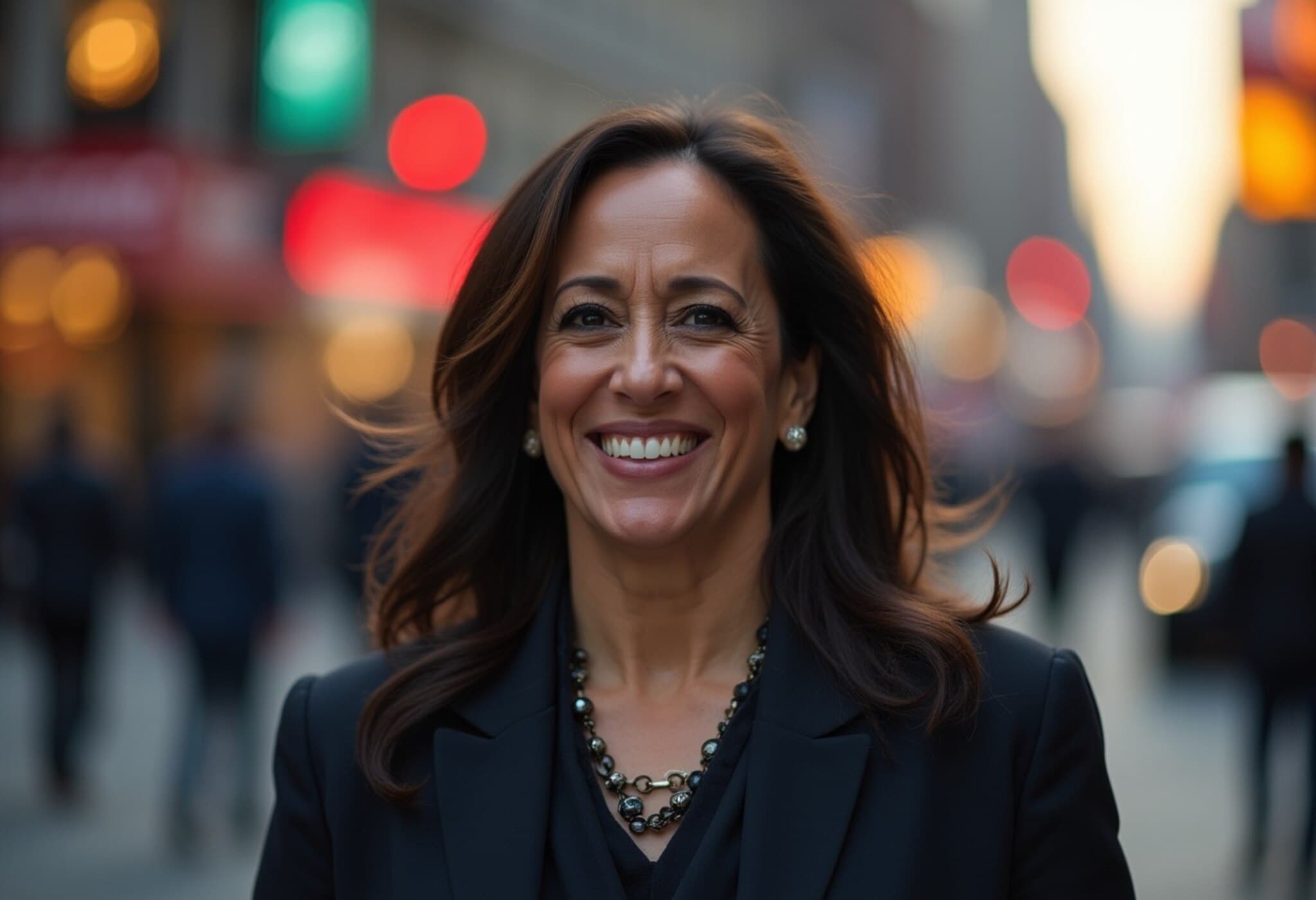Luxury Fashion's New Chapter: The Return of Loud Luxury
After years of subtle elegance dominating the luxury landscape, the fashion world is witnessing a dramatic shift. The era of "quiet luxury" is giving way to a vibrant resurgence of "loud luxury," where bold logos, conspicuous branding, and eye-catching designs are reclaiming center stage. This transition is not just a trend—it’s a strategic response by prestigious fashion houses striving to capture the imagination of consumers amid a challenging economic climate.
Why Loud Luxury is Back in Vogue
According to Carole Madjo, head of European luxury goods research at Barclays, luxury fashion operates in cyclical waves. “Quiet luxury has matured over the past few years,” Madjo notes, “and now consumers are craving something fresh, something that boldly proclaims brand heritage and status through large logos and daring designs.” This craving coincides with the appointment of fresh creative leadership at iconic brands such as Gucci, Chanel, and Versace, who are infusing new energy into their collections.
The pandemic-induced buying surge left many luxury brands grappling with slower consumer sentiment and trade tensions, forcing a reevaluation of how to maintain relevance. While ultra-high-end brands like Hermès and Loro Piana have weathered these shocks by catering to ultra-wealthy clients favoring understated prestige, other labels are pivoting towards more vibrant, attention-grabbing aesthetics to invigorate interest.
From Gucci to Burberry: Iconic Brands Reinvented
Burberry exemplifies this shift, reconnecting with its British heritage through statement pieces like bold checkered two-pieces that "reignite brand desire," according to CFO Kate Ferry. Under CEO Josh Schulman, the label is skillfully balancing luxury’s traditional aura with mass appeal.
Gucci, grappling with waning demand especially in key markets like China, is enlisting Demna Gvasalia—whose avant-garde work at Balenciaga has been critically acclaimed—to spearhead a creative renaissance. Industry watchers eagerly anticipate the rollout of Demna’s vision, starting with a glimpse in September and a full collection in early 2026. This reinvigoration is further supported by strategic leadership changes, including the arrival of a former Renault CEO, expected to bring fresh branding acumen.
Versace, Chanel, Prada, and the Spectrum of Change
The creative shake-up is not limited to Gucci and Burberry. Chanel, Bottega Veneta, and Versace are also embracing new artistic concepts to push the envelope. Prada’s approach is notable for its versatility; CEO Andrea Guerra highlights the brand’s ability to fluidly blend sporty and glamorous styles, aligning with a modern consumer’s multifaceted identity.
The Price Divide and Consumer Sentiment
The luxury market is navigating a complex pricing landscape. Post-pandemic, goods saw price increases averaging 8% in 2022, substantially higher than pre-Covid norms. While elite brands like Hermès and Cartier sustain these rises, others have moderated price hikes to retain and expand consumer bases.
Analysts like Marcus Morris of Alliance Bernstein underscore that higher prices are justifiable only when paired with exceptional brand management and marketing. Conversely, brands embracing a more moderate pricing strategy may find themselves gaining ground by appealing to aspirational yet cautious luxury buyers.
As loud luxury gains momentum, such brands could benefit from their relative affordability combined with eye-catching designs, easing the traditional tension between exclusivity and accessibility.
What This Means for Consumers and the Industry
- Consumers tired of minimalist luxury now have bold alternatives that celebrate brand heritage.
- Brands face pressure to innovate their creative directions while managing price sensitivity.
- The luxury market may bifurcate further into ultra-exclusive quiet luxury and ostentatious yet accessible loud luxury.
- Marketing and leadership expertise will become paramount in maintaining brand desirability amidst shifting preferences.
Editor’s Note
The revival of loud luxury marks a pivotal moment for the fashion industry, reflecting broader cultural shifts toward self-expression and visibility. While this trend promises refreshed creative vitality and renewed consumer engagement, it also raises critical questions:
- Can brands balance the allure of bold branding with the timeless appeal of craftsmanship?
- Will louder luxury designs redefine social status markers beyond quiet exclusivity?
- How will economic uncertainties influence consumer willingness to embrace conspicuous luxury?
For industry insiders and consumers alike, the coming years will be a fascinating test of luxury’s adaptability in a world longing for both identity and innovation.


